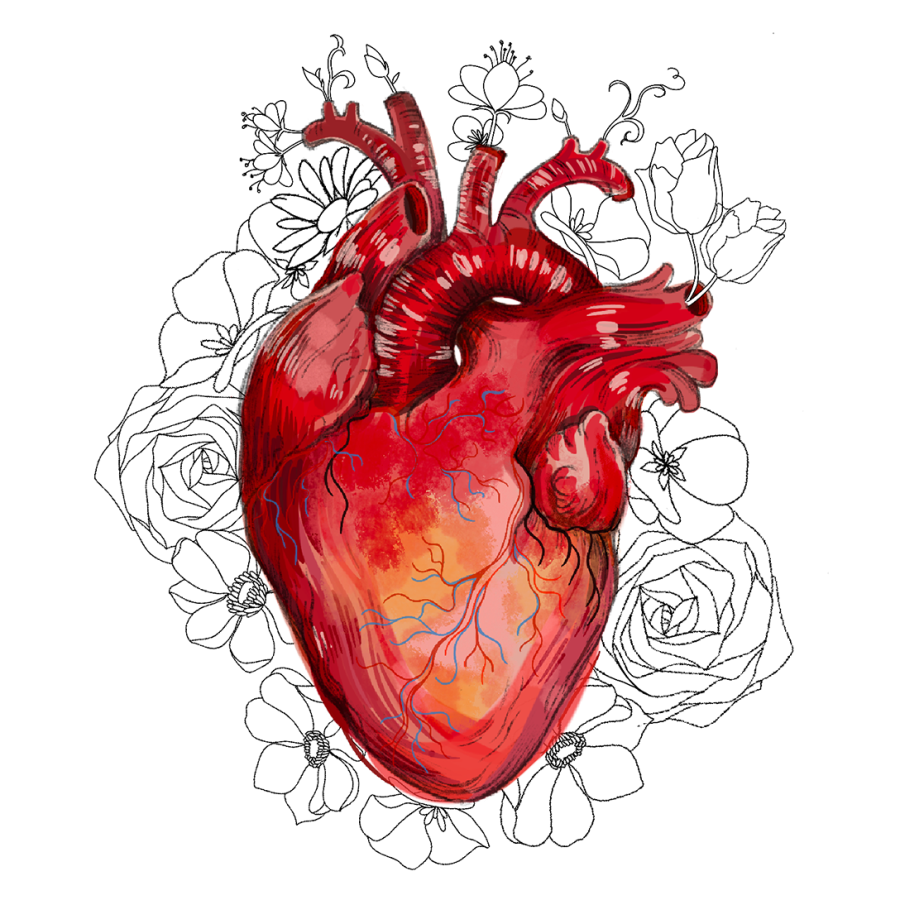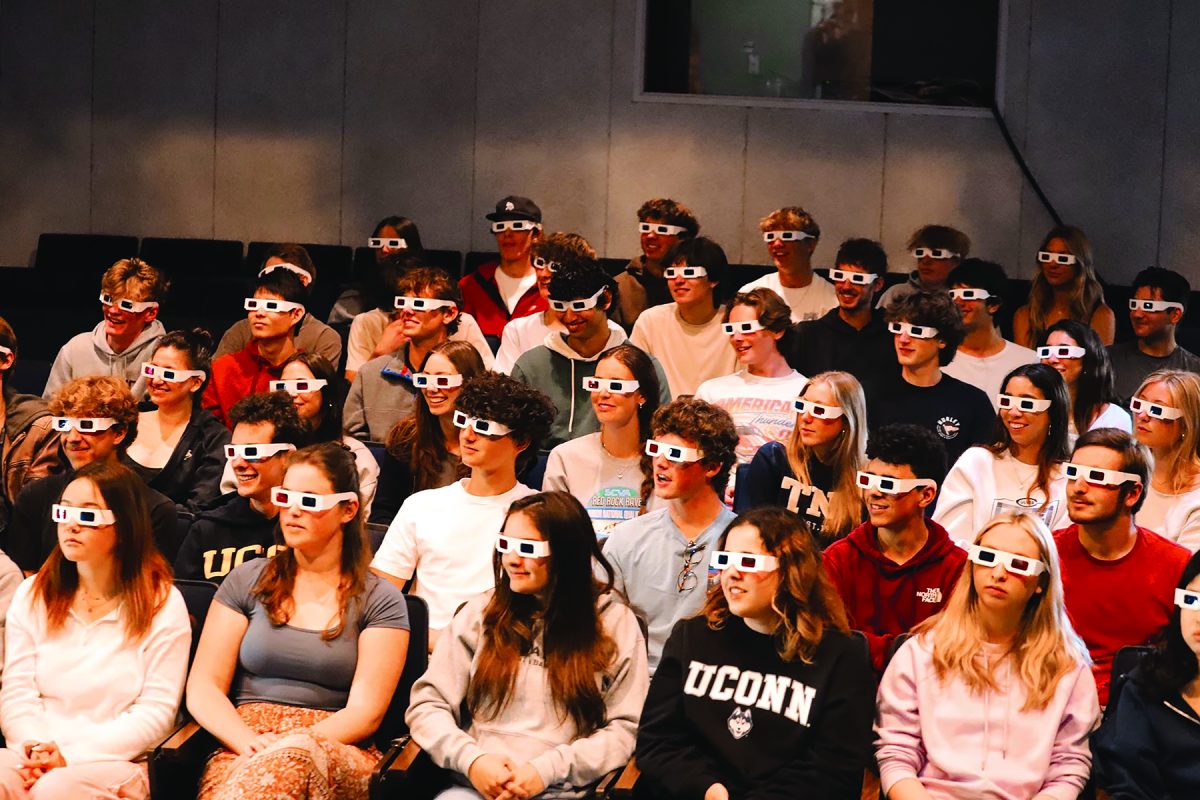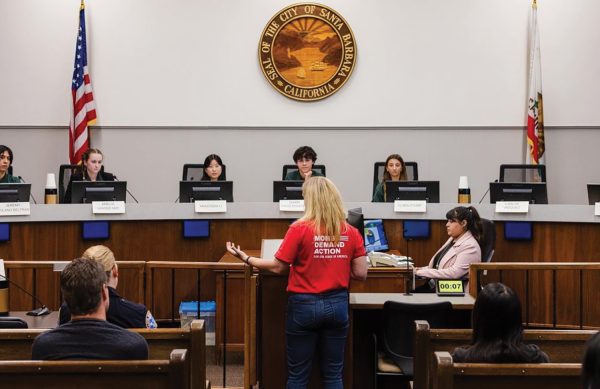The Future of Transplants
A groundbreaking transplant surgery allows a greater understanding of the world of xenotransplantation, making advancements in science.
June 11, 2022
Jan. 7 a regular day for most, but not for the doctors performing a life-changing procedure: transplanting the first genetically modified pig heart to a human.
Researchers celebrated this milestone, in hopes that nonhuman to human “xenotransplants” will slowly become more feasible.
According to the Food & Drug Administration (FDA) this type of “transplantation, implantation or infusion into a human recipient of either (a) live cells, tissues, or organs from a nonhuman animal source” is called xenotransplantation.
When the news about the surgery’s success first broke, the scientific world erupted in celebration. However, questions arose regarding the risky experiment and its ethics.
In hopes of using this groundbreaking experiment to save more lives, teams, regulators, and ethicists need to discern what makes someone eligible for this transplant since this procedure only resorted to be used as an emergency rescue.
“We are still going to be trying to improve this immune response. It’s kind of a fine line because you want the host to have a strong robust immune response to other things by normal infections.
So you don’t want to tamper it down too much so that you are susceptible to everything,” said biology instructor Penny Pagels. “There is still so much we need to learn about these immune system reactions so we are going to still work on that.”
Many breakthrough advancements in xenotransplantation are derived from CRISPR-Cas9, a technology that is used to edit genomes in order to help create pig organs that are less likely to be attacked by the human immune system.
On Jan. 10, the University of Maryland Medical center made the executive decision to proceed with the first-of-its-kind surgery.
David Bennett, a 57-year-old, was diagnosed with arrhythmia and blocked arteries. His condition required him to be connected to a heart-lung bypass machine in order to breathe properly.
While he was not a feasible candidate for the transplant list, his time-sensitive condition allowed the FDA to reconsider and agree to proceed to an emergency authorization.
Bennett survived for two months following the surgery. But his condition began to deteriorate, his doctors in Baltimore said, and the 57-year-old died on March 8.
There is a massive shortage of organs and half a million Americans are waiting for the day they receive a matchable organ transplant/donor.
The surgery allows for a renewed sense of hope that will increase the supply of organs and will save lives.
A study in 2018 conducted by the American Heart Association reported that the number of adults with pre-existing heart failure is projected to reach more than 8 million by 2030.
“Currently there are over 100,000 people who are waiting for human organ donations, dying while waiting for them. I think the possibility of being able to make these modifications to make these organs human compatible is tremendous,” Pagels said.
While there are still hurdles and improvements to be made to this procedure—past the myriads of ethical issues and uncharted outcomes—little steps at a time will lead the medical industry closer. For those who are waiting for their organ transplant call, the future of xenotransplantation could lessen the wait.
“I think this is a huge step forward and the implications of this are going to have implications on cancer research as well, because a lot of cancer research is working on modifications to the immune system,” Pagels said. “That’s exciting stuff, because it all plays a role in the future for cancer cures as well.”


















